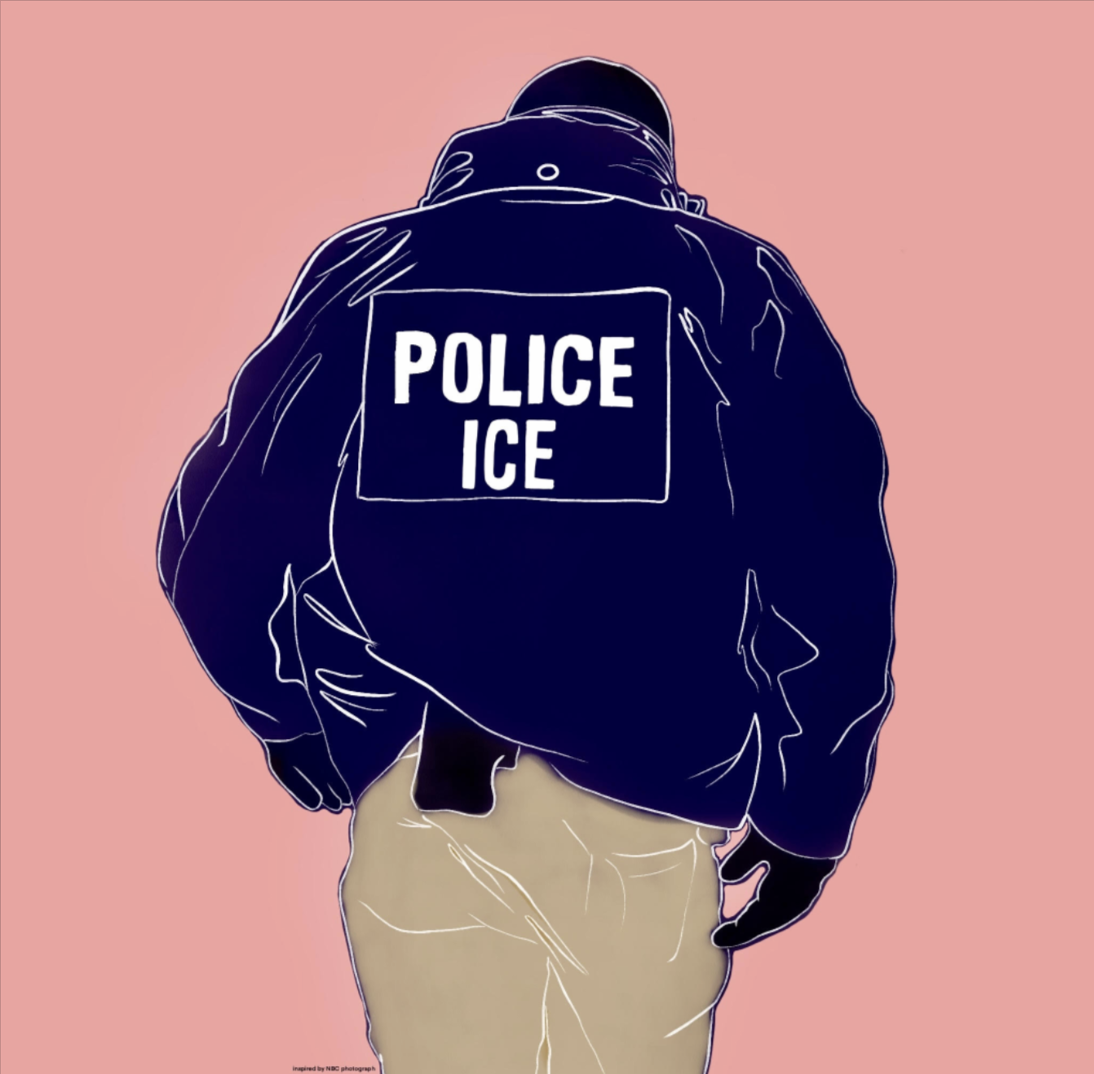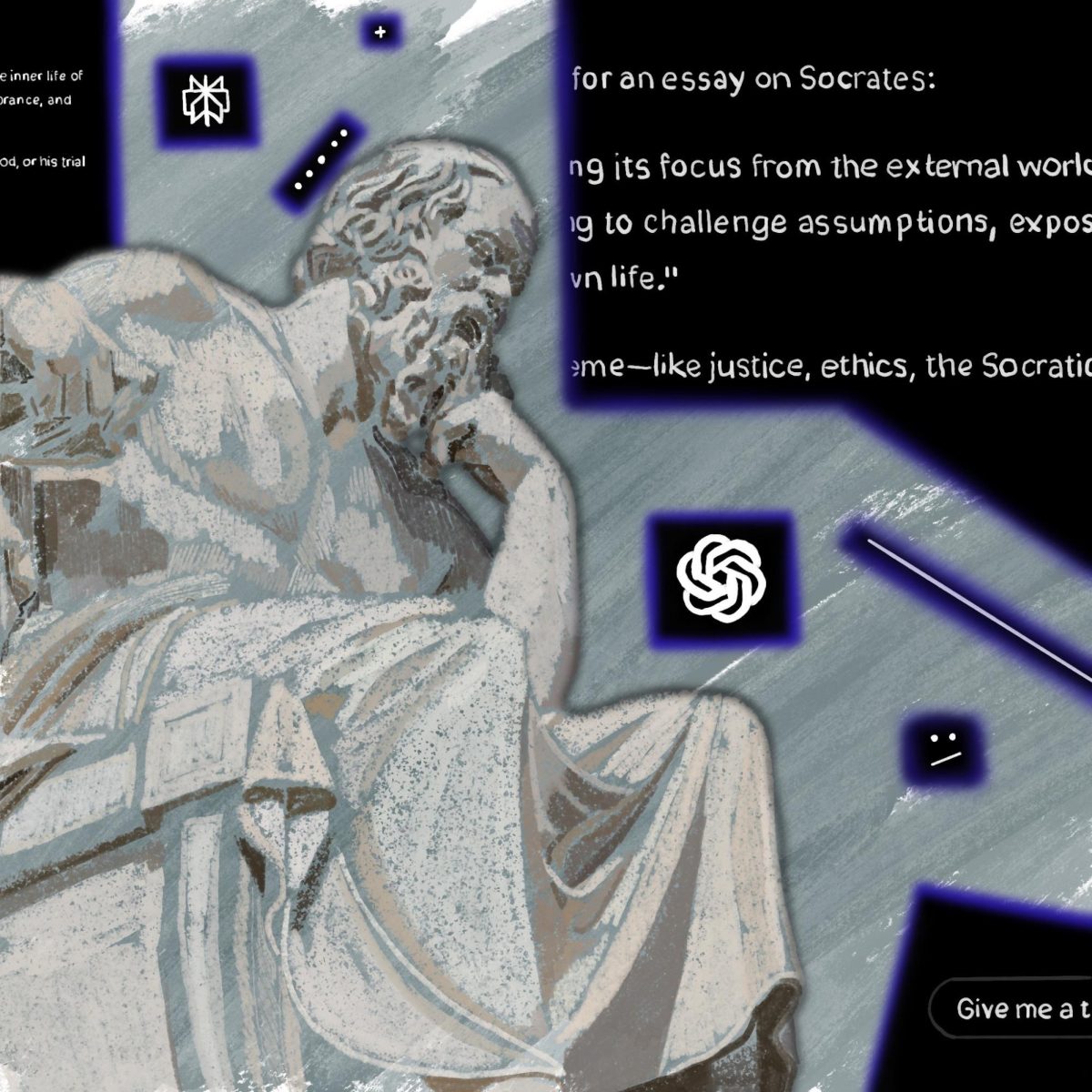The most potent weapon in the conservative arsenal is the myth of the welfare queen. The argument that American society is plagued by hordes of lazy, greedy freeloaders hell-bent on extracting as much money, food, and benefits from the public dole as they can, justifies a lot of the poor-hating rhetoric regularly spewed in town halls, on the campaign trail, and around dinner tables all over the nation. They have no incentive to work, the logic goes. The nanny state pays their bills, gives them healthcare, and provides them food stamps as they irresponsibly rack up debt. And, lest we forget, they used to sell food stamps on street corners at a discount to buy their drugs. Good thing the government instituted those Link cards, and is continuing its rollback of the welfare program.
Well, the welfare queen is a myth. It’s the cornerstone principle in a decades-old attack on the public safety net, on taxing the very wealthy, on keeping in public hands anything the market is hungering for—whether it is garbage collection, water provision, mental health, or education. “Free market” extremists want everything in private hands. Does the market invariably get everything wrong, or does the private sector always convert people into commodities? Of course not. Does the private sector, under the all-important profit incentive, vigilantly seek to minimize employment and benefits for workers wherever possible? Of course it does. And the myth of the welfare queen feeds into this logic. It’s the effective fear-mongering clarion call of the super rich, used to frighten middle-class America into supporting the school closings, privatizations, and attacks on the safety net that are always happening somewhere else. That is, until they come knocking on your door—and at that point, your community is too confused and fragmented to do anything about it, with the most directly affected groups left to fight a losing battle against the combined forces of the state and private sector.
Why a myth? Why not an accurate depiction of the poor mired in the laziness that, with the proper incentive, could be shattered to allow the destitute to raise themselves up? Well, for starters, raising oneself up requires social programs: educational loans, decent schools, good leaders and role models to dispel legitimate alienation in low-income youth, after-school programs, fair policing, and simply put, access to decently-paying jobs through modern, affordable public transit. It is no coincidence that deindustrialization, a widening income gap, decreasing public services, increasing crime rates, poverty, and welfare claims have all followed the same trajectories since at least the 1970s.
Yet, everyone’s favorite story is mom or dad X, who rode three hours each day to the city center, for his or her 14 hour work day making $8.50 an hour, all while raising two to seven kids. These kinds of people exist in far greater numbers than you might think, but the difficulties that face them are absurd. To expect that the bulk of any populace will come around if we institutionalize “the right incentives” is criminal. So, keep rolling back public services, and instead of people suddenly feeling like they have the necessary motivation to demean themselves by serving the well-off in our “service” economy, we will see more of what we are already seeing—increased drug use, crime rates, suicide, and violence. Not to mention even more fractured homes, shootings, racial segregation, and the ever widening gap between princes and paupers.
What is traditionally thought of as “welfare” has, for the past decade or so, been called the Temporary Assistance for Needy Families (TANF) program. It requires recipients to have employment within two years, is revoked after five years, and has undergone a series of state-specific decreases on maximum possible provision since its redesign under Clinton. This is part of the wider shift from Americans seeking to aid the poor as a communal duty, to blaming them as part of the increasing emphasis on the “every man for himself” attitude fomented by private interests.
Rather than articulating or understanding the plight of the disenfranchised, it is much easier to blame them as part of the persistent misconception that we all “go it alone,” that we don’t actually live in something called a society and rely heavily on publicly operated or subsidized services. Therefore, every public program that doesn’t conspicuously put money in our pockets must be another instance of the nanny state, directed by some liberal cabal with an army of brainwashed young people at its disposal. It makes perfect sense if you see society as some kind of dog-eat-dog fight for economic survival and not as, well, a society. It also, unfortunately for us all, is an argument that plays right into the hands of moneyed interests. The “keep your hands off my [insert object of fear-mongering]” of the conservative fringe is reflective of the true “Generation Me” that is passively facilitating this nation’s self-destruction.
Yet, America’s tradition of cooperation and community runs far deeper than any tradition of go-it-alone homesteaders slashing their way across the continent. Pioneer families almost never trekked alone—that would be boundlessly stupid, a sure way to get your family killed. No one in this life ever truly goes it alone, so it is not for the powerful few to institutionalize poverty for the many.
Christopher Ivan is a graduate student in the MAPSS program.







